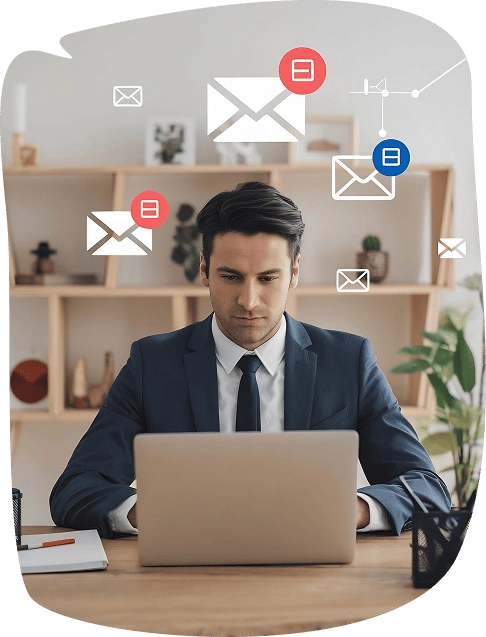Learn how to build a personal brand for job seekers in 2025. Get professional branding tips, online reputation strategies & social media examples.
Workplace email communication is alive and well, even with the popularity of Slack channels and instant messaging. In fact, 60% of workers prefer email over phone calls, Slack messages, and other forms of communication. This includes everything from sending meeting invites, sharing documents, and project approvals etc. However, a poorly written email can not only be confusing but also affect the productivity of your employees.
For example, a confusing subject line may lead to your email going unread. Considering that more than 32% of emails are never opened, you could save yourself a lot of time and energy by learning professional email writing tips.
In this blog, we’ll uncover the key aspects of professional email writing, workplace email etiquette
and email productivity tips that can help you get more done.
Ready? Let’s get started.
Understanding Professional Email Communication
In the workplace, an email message is often referred to as a memo. Why? It is concise and clear, with a precise subject line that summarizes the content in a couple of words. A professional email is structured and formatted correctly for easy reading, while the greeting and body text are formal.
Importance of Effective Email Communication in the Workplace
Effective email communication brings multiple benefits for your team. These include:
Business Email Etiquette Essentials
What makes a business email effective? Here are some do’s and don’ts that ensure your email checks all the boxes:
Effective Email Writing Techniques for Professionals
Your email should cover the following aspects to be effective:
Put Your Career On the Fast Track with GroYouth
Sending cold emails is a great way to show employers you are interested in working for them. Even if they are not currently hiring, your resume would likely be considered before other candidates when the next opening comes up. However, not every LinkedIn job post may be the right one for you. GroYouth is an excellent alternative where you can find personalized job recommendations tailored to your profile.
We work with the top employers across India to bring you verified job listings across industries, roles, and experience levels. We specifically ask for your consent before sharing your application with employers, and vet employers thoroughly to protect you from fraud.



